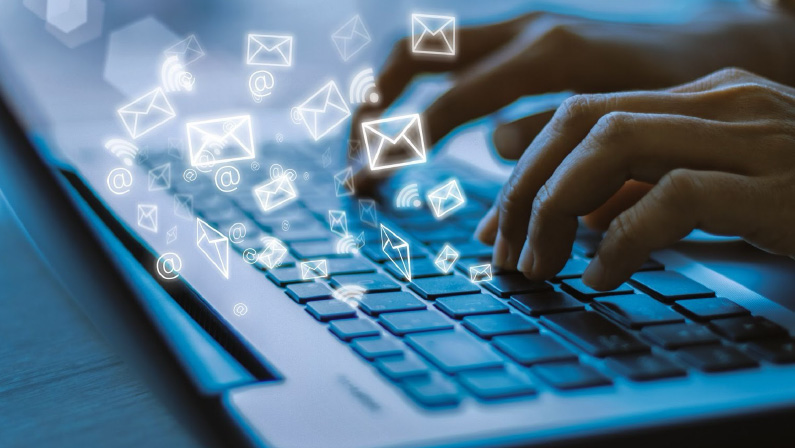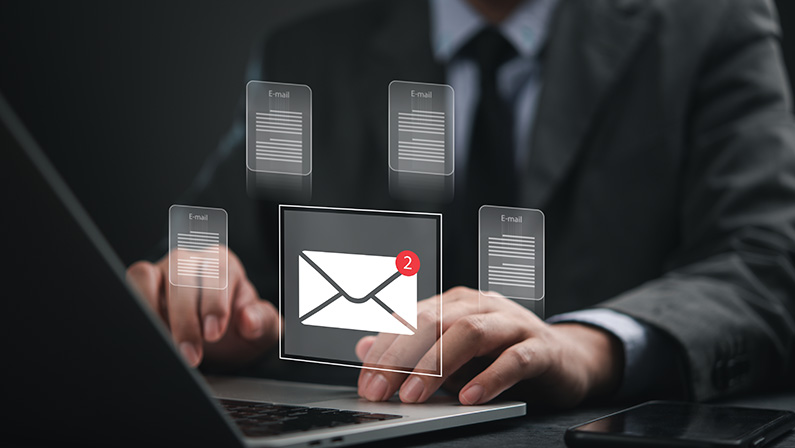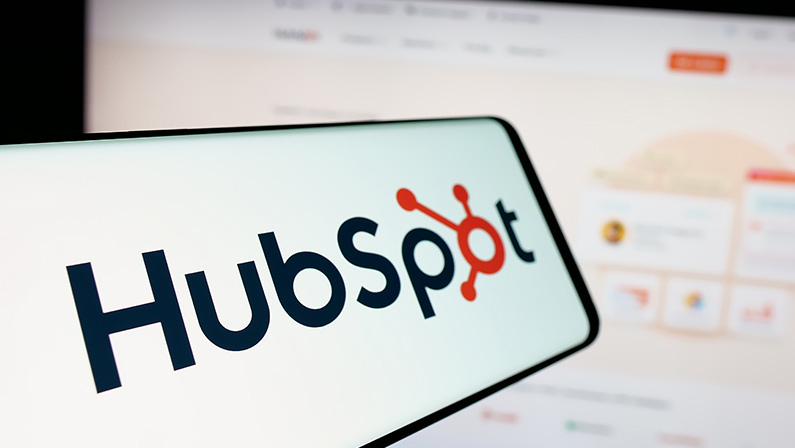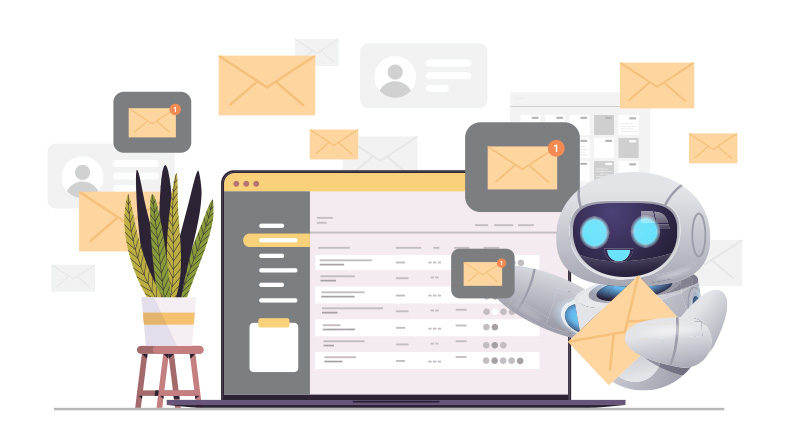
Are you spending too much time chasing replies?
Following up with leads is one of the most important parts of closing deals, but it's also one of the easiest tasks to overlook. Between juggling meetings, demos, and client questions, sending another email can slip through the cracks. And when it does, so can your next conversion.
If you want to make sure you close your next deals without any issues, you might want to check out AI tools to automate follow-up emails. These platforms help you send timely, personalized messages automatically without needing to micromanage every thread. With the right setup, you can boost conversions, stay consistent, and focus your energy on what actually moves the needle.
Why Follow-Up Emails Are Critical for Conversion
Most leads don’t convert on the first email. In fact, it often takes multiple touchpoints to get a response. Follow-ups build momentum, nurture relationships, and keep you top of mind, especially when you’re dealing with longer sales cycles or high-value prospects.
When done right, a well-timed follow-up email can be the difference between a missed opportunity and a closed deal.
Why Automate Follow-Up Emails

While manual follow-ups can work they’re rarely sustainable. Email automation tools can help you stay consistent without adding to your workload.
1. Save Time and Effort
AI email follow-up tools take repetitive tasks off your plate. Instead of setting reminders or digging through your inbox, you can create automated workflows that trigger follow-ups based on opens, clicks, or time delays.
2. Increase Conversion Rates
Timely, relevant follow-ups keep leads engaged. AI helps tailor messages to each recipient and send them when they’re most likely to respond. This results in more replies, booked calls, and ultimately, increased email conversions.
Follow-up email software also makes it easier to keep deals warm without pushing too hard.
3. Track Performance With Ease
Email automation tools give you data that manual follow-ups never could. See who opened your emails, clicked your links, or ignored your last nudge. You can then tweak your strategy in real time based on what’s actually working.
Top 5 AI Tools to Automate Follow-Up Emails
If you’re looking for tools that can streamline your process, here are five of the best platforms for AI-powered follow-up automation.
1. Leapify
Leapify is built for small businesses that want to simplify outreach without sacrificing personalization. Our Inbox feature helps you manage conversations, schedule follow-ups, and send automated messages that feel human. It also integrates with your CRM, calendar, and email, so you never miss a beat.
What makes Leapify stand out is how easy it is to build automated follow-up sequences. With AI doing the heavy lifting, you can create logic-based triggers and responses that feel organic. It’s a smart fit for teams that want results without complexity.
Learn more about how Leapify supports lead nurturing and read about the power of automated follow-ups on our blog.
2. Mailmodo
Mailmodo takes a unique approach to email automation by using AMP emails—interactive messages that allow recipients to respond without leaving their inbox. With smart triggers and conditional logic, it becomes easier to guide prospects through multi-step journeys.
It also offers templates and personalization features to help boost engagement in every stage of your funnel.
3. HubSpot Sales Hub

HubSpot’s Sales Hub is a popular choice for businesses looking for robust automation tools paired with CRM features. You can create email sequences, track open rates, and automate follow-up tasks all in one platform.
It’s especially useful if your team already uses HubSpot’s marketing or service tools, allowing for smoother internal workflows.
4. Instantly.ai
Instantly.ai focuses on cold outreach, helping sales teams scale their efforts with AI email follow-up campaigns. Its platform uses personalization variables, smart sending windows, and inbox rotation to improve deliverability.
The analytics dashboard gives clear visibility into which sequences convert and where prospects drop off, making it a solid option for high-volume teams.
5. Reply.io
Reply.io blends automation with AI and sales engagement tools. You can build multichannel sequences that combine emails, calls, and LinkedIn touchpoints. It’s ideal for sales reps who want more than just email automation—they want a complete outreach strategy.
The AI assistant even helps you write and optimize emails, saving time and improving message quality.
What Are the Best Practices in AI-Driven Follow-Ups?
Using AI to automate follow-up emails is powerful, but how you use it matters. Here are five best practices to help you get the most out of your tools.
1. Personalize Your Messages
AI can help you segment and tailor messages, but it’s still important to sound like a real person. Reference specific interactions, needs, or pain points. This keeps your emails from feeling robotic and increases response rates.
2. Optimize Timing and Frequency
You don’t want to flood someone’s inbox, but you also don’t want to be forgotten. Use automated email marketing tools to test different send times and delay intervals. The goal is to find the sweet spot where leads are most responsive.
3. Keep Your Emails Concise
Here’s the truth: people skim emails (especially from someone they don’t know well). Make your point quickly, use clear calls to action, and avoid long intros. Brevity increases the chances your message gets read and acted on.
4. Segment Your Audience
Not every lead should get the same message. Use tags, lists, or CRM fields to group contacts by interest, stage, or source. Then build separate sequences with language that speaks directly to that group’s needs.
5. Integrate With Your Workflow
The best follow-up email software doesn’t operate in a vacuum. Choose tools that connect to your CRM, calendar, and project management systems so your data stays consistent and your workflows stay smooth.
Simplify Follow-Ups With the Best CRM Management Software

AI tools to automate follow-up emails can transform how your business communicates, but they’re even more effective when they’re part of a complete CRM solution.
That’s why we recommend Leapify CRM. As the best CRM management software, it combines smart follow-up features, customizable sequences, and integrated communication tools that actually work the way your team does.
With Leapify, you can automate follow-ups, manage email conversations, and improve customer experience without missing a beat. No more switching tabs or second-guessing your next step.
Ready to increase email conversions and streamline your sales process? Explore Leapify and start turning follow-ups into follow-through.



